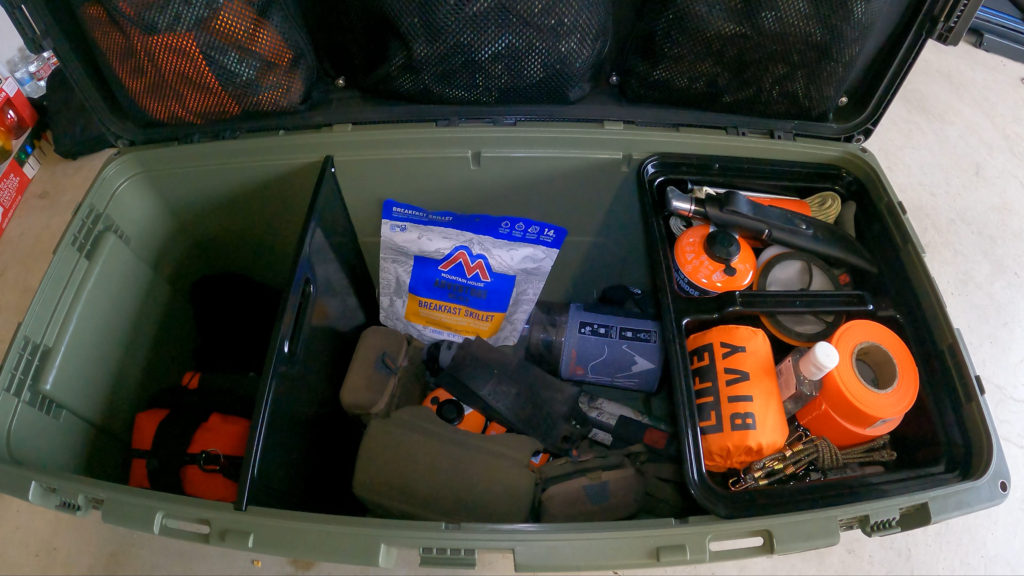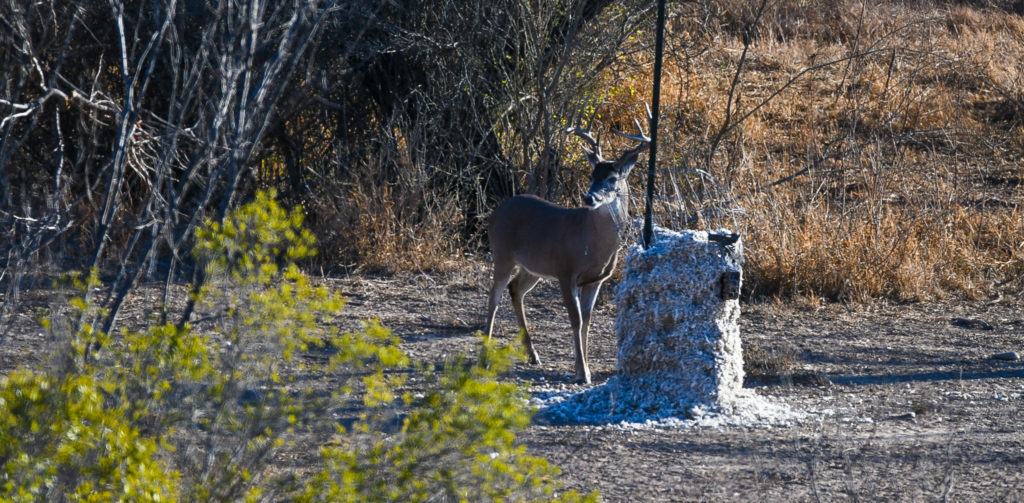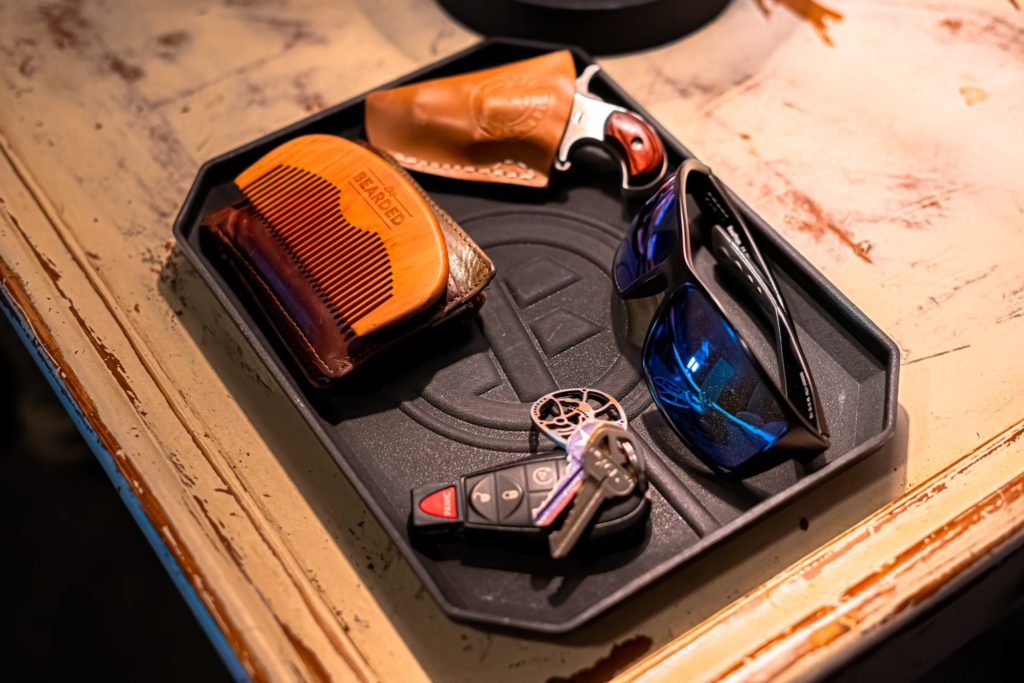To shoot a fixed or mechanical blade broadhead, that is the question. A debate for the ages. It’s like asking a rifle hunter which caliber is better for killing a whitetail. We all know the 30-06 is the best, just kidding, back to broadheads. I don’t lean to either side of the argument. Much like anything else in life, it’s all personal preference. Let’s take a look at both to see what makes you lean one way or the other.
Mechanical Broadheads
More than likely, people that shoot mechanicals (myself included), shoot them for two reasons. One, for the field point-like flight. Two, for the larger wound size. A mechanical broadhead is supposed to fly as true as a field point since the blades are tucked away, especially at longer distances. At distances inside thirty yards, however, the accuracy advantage is debatable. With that said, anything over thirty yards, the mechanical has the accuracy advantage over a fixed.
What’s not debatable is the fact that mechanicals offer larger cutting diameters than fixed blades. This is beneficial for the folks that fancy larger blood trails. Some can get over 2” while most fixed blades are 1” (rounded down from 1-3/16”). Though the large slicing diameters are nice, mechanical blades are weak in comparison to fixed. Typically, they are not going to crush through a shoulder. That is caused by the lack of penetration due to the blades expanding upon entering the animal. They can deflect, or break upon hitting bone.
One final note on mechanicals – they have a potential for failure. Sometimes a single blade or even all blades fail to expand. That is a bow hunter’s worst nightmare. Although it is a rarity, the issue is something to consider when weighing the pros and cons of shooting mechanicals.
Fixed Broadheads
Now to the granddaddy of them all. When discussing fixed blades, we have to start with the main advantage. Mechanically speaking, failure is not an option. One does not have to worry about a blade failing to open. Nightmare averted! Due to their usually one-piece structure, they are strong and reliable, enabling them to stay intact when striking bone. Fixed blades can pummel through a scapula or withstand striking a rib. While their accuracy can dwindle at long distances, today’s fixed blade technology/design has changed for the better. Shots inside thirty yards or so are no big deal.
At longer distances, however, fixed blades can drift in the wind. Practicing with your bow is often necessary to check arrow flight. Another benefit of a fixed blade is the better penetration they provide. The smaller cut diameter paired with the strength of the blade allows an arrow to fly straight through a deer, with the proper shot location. With a smaller wound path, though, tracking a deer after the shot can be more difficult. One final benefit to fixed blades is longevity. Depending on the type and manufacturer, they can be sharpened and reused over and over again.
Which is best? You Decide
So, which broadhead type is better? Who knows! The key is to be confident when it’s time to let an arrow fly. Do your research, try different heads, and pick the one you’re most confident in. I’m currently in the middle of this process. I’ve been shooting a mechanical for the last few seasons, and I’m making the switch to fixed. I can’t wait to let them fly in the coming 2021 season.


